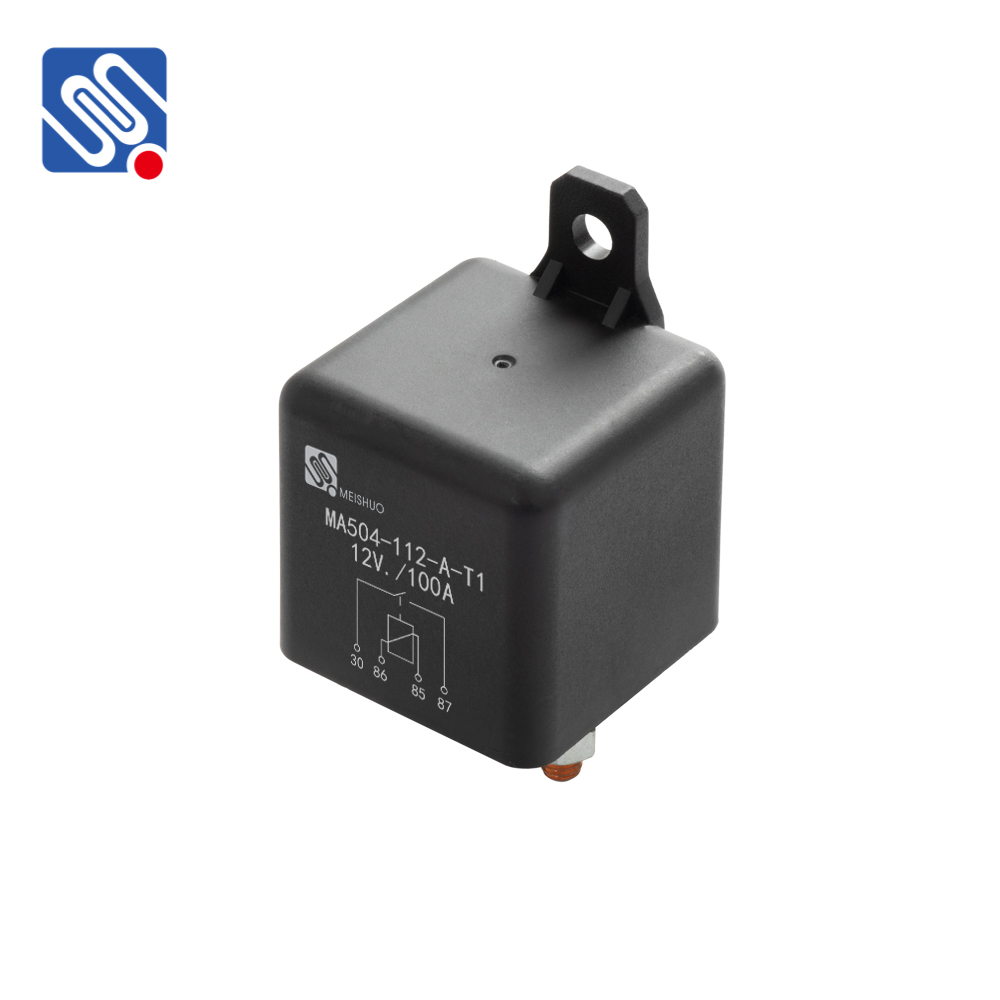the importance of relay load and meishuo’s innovative solutions
Release time:2025-03-30 07:38:59
Relay load is a crucial concept in various electrical and automation systems, playing an essential role in controlling and managing the flow of electrical energy. Relays are widely used in industrial, commercial, and residential applications to control high-power circuits with low-power signals. The relay load determines the capability of a relay to handle the current and voltage of the circuits it controls, ensuring the safety and efficiency of electrical systems. As industries evolve and rely more on automation, companies like Meishuo are leading the way with advanced technologies that optimize relay performance and enhance load handling efficiency.

What is Relay Load?
Relay load refers to the maximum electrical load that a relay can handle without being damaged. It is a critical specification when choosing relays for various applications, as the relay must be able to withstand the voltage and current requirements of the connected devices. When a relay is used in a circuit, it acts as an intermediary, allowing a low-voltage control signal to operate a high-voltage circuit. This feature is vital in automation systems, where precise control over electrical loads is necessary.
Relay load ratings are generally categorized into two main types: resistive and inductive. A resistive load is the simplest form, where the load has no energy storage elements like coils or magnets. Common resistive loads include light bulbs and heating elements. On the other hand, an inductive load involves devices like motors and solenoids that generate a magnetic field, making it harder to interrupt the current flow. This difference in load types significantly affects the relay’s design and performance, with inductive loads generally requiring relays with higher ratings.

